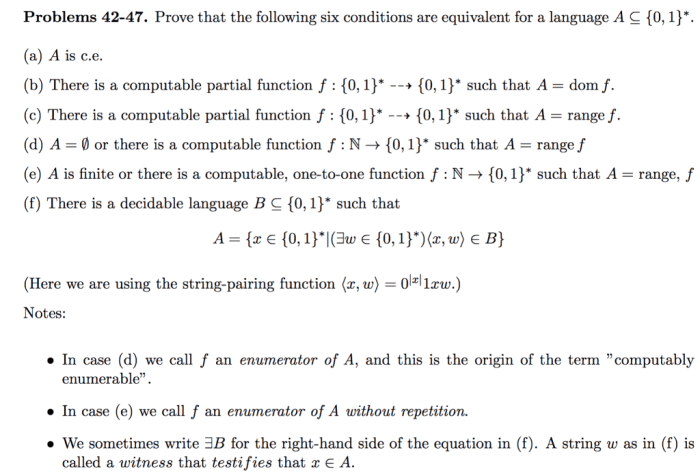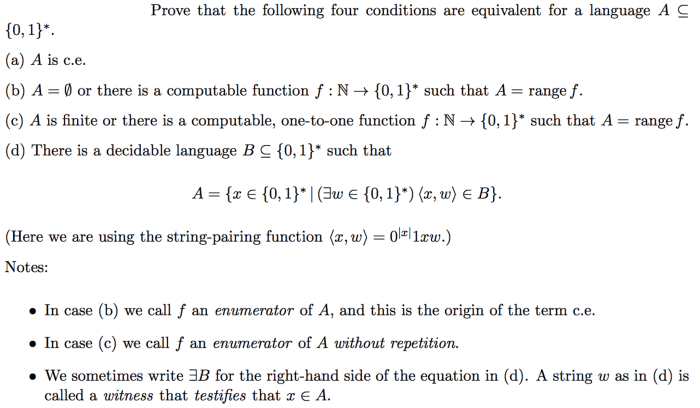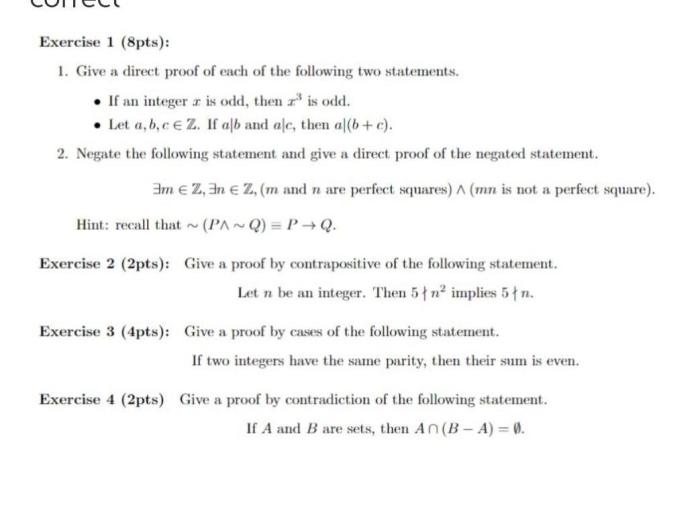Select all pairs of propositions that are logically equivalent – In the realm of propositional logic, determining the logical equivalence of propositions is crucial. This article delves into the concept of logical equivalence, exploring methods for determining equivalence and examining common logical equivalences. By understanding these equivalences, we gain insights into the relationship between propositions and their truth values.
Logical equivalence, a fundamental concept in propositional logic, establishes that two propositions have the same truth value in all possible scenarios. This article explores the concept of logical equivalence, providing examples and discussing methods for determining whether two propositions are logically equivalent.
It also examines common logical equivalences and their significance in simplifying complex propositions.
Propositional Equivalence

Logical equivalence between propositions is a fundamental concept in propositional logic. Two propositions are logically equivalent if they have the same truth value for all possible assignments of truth values to their component propositions.
For example, the propositions “P or Q” and “not (not P and not Q)” are logically equivalent because they have the same truth value for all possible combinations of truth values for P and Q.
Methods for Determining Equivalence, Select all pairs of propositions that are logically equivalent
There are several methods for determining whether two propositions are logically equivalent. One common method is the truth table method.
The truth table method involves constructing a table that lists all possible combinations of truth values for the component propositions and the corresponding truth values for the two propositions being compared. If the truth values for the two propositions are the same for all rows of the truth table, then the propositions are logically equivalent.
Another method for determining logical equivalence is to use logical equivalences. Logical equivalences are rules that state that two propositions are always equivalent, regardless of the truth values of their component propositions.
For example, the following is a logical equivalence:
P or Q is logically equivalent to not (not P and not Q)
This logical equivalence can be used to simplify complex propositions by replacing one proposition with its logically equivalent form.
Common Equivalences
There are a number of common logical equivalences that are useful for simplifying complex propositions. These equivalences include:
- P or Q is logically equivalent to not (not P and not Q)
- P and Q is logically equivalent to not (not P or not Q)
- not (P or Q) is logically equivalent to not P and not Q
- not (P and Q) is logically equivalent to not P or not Q
- P implies Q is logically equivalent to not P or Q
- P is logically equivalent to P or P
- P is logically equivalent to P and P
These equivalences can be used to simplify complex propositions by replacing one proposition with its logically equivalent form.
Logical Equivalence and Truth Values
The relationship between logical equivalence and truth values is straightforward. Two propositions are logically equivalent if and only if they have the same truth value for all possible assignments of truth values to their component propositions.
For example, the propositions “P or Q” and “not (not P and not Q)” are logically equivalent because they have the same truth value for all possible combinations of truth values for P and Q.
Key Questions Answered: Select All Pairs Of Propositions That Are Logically Equivalent
What is logical equivalence?
Logical equivalence occurs when two propositions have the same truth value in all possible scenarios.
How can I determine if two propositions are logically equivalent?
The truth table method is a common technique for determining logical equivalence. By constructing a truth table that evaluates the truth values of the propositions in all possible scenarios, you can determine if they are equivalent.
What are some common logical equivalences?
Some common logical equivalences include the commutative law, associative law, and distributive law. These equivalences allow for the manipulation and simplification of complex propositions.

